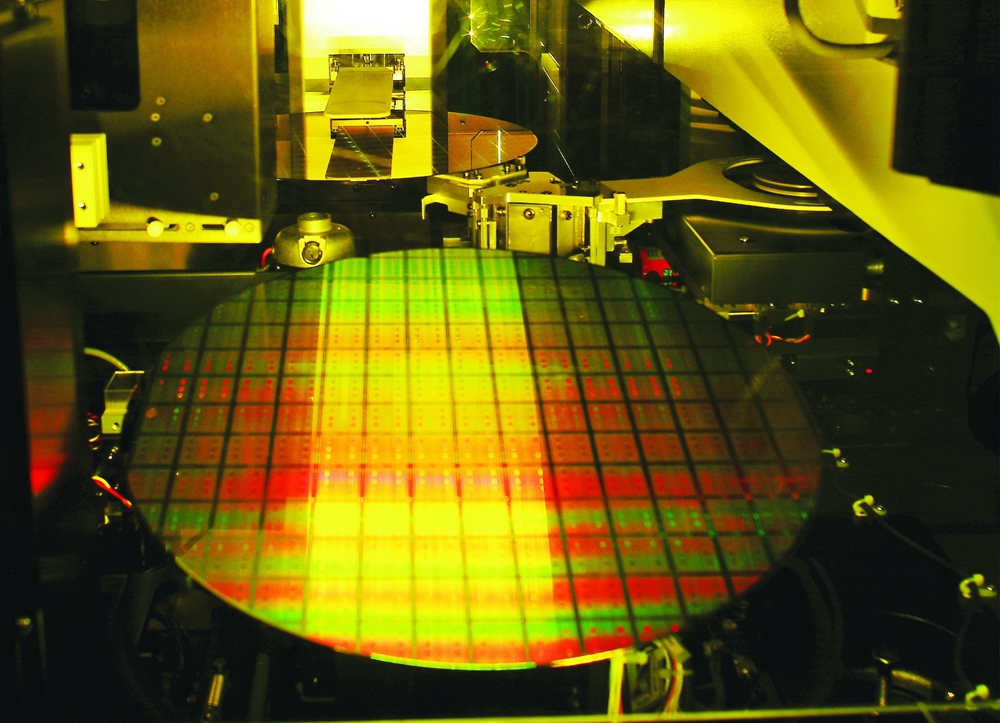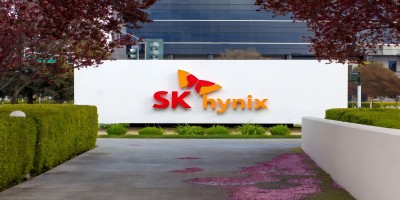With the uncertainty of the semiconductor industry and the market decline, the wafer foundry market has once again made waves, and the "price reduction army" has filled in.
According to comprehensive media reports, Samsung plans to reduce the wafer foundry offer in the first quarter of 2024, providing a discount of 5% to 15%, and said that it is willing to further negotiate.
TSMC will offer customized discounts based on customers' investment output, the specific range of discounts was not disclosed.
Umc revealed that the 8-inch wafer has been reduced, while the 12-inch has not been adjusted, considering the weak demand in the first quarter of this year, UMC plans to stimulate customer orders by expanding the price cut, which is expected to reach a double-digit percentage.
The world Advanced also announced price cuts in the second half of 2023, the offer fell by about 5%, and the discount of large customers was about 10%. In the face of fierce price competition, World Advanced plans to cut prices again in the first quarter of this year, with price cuts in the range of single to double digit percentages.
As for LPC, affected by the conservative investment of customers, it fell into a loss in the third quarter, and the capacity utilization rate was only about 60%. According to people familiar with the situation, LPC also plans to take measures to reduce prices to improve capacity utilization.

According to market research agency TrendForce research estimates that by 2023, Taiwan will account for about 46% of the foundry capacity, followed by China (26%), South Korea (12%), the United States (6%), and Japan (2%). Driven by various countries' subsidy policies, Taiwan is expected to maintain the highest share of global production capacity by 2027, but it may fall to 41%, while South Korea may fall to 10%.
While competing with each other, there is also a fierce enemy that cannot be ignored.
Intel CEO Pat Gelsinger proposed the IDM 2.0 strategy.
1, expand its own factory capacity;
2. Increase wafer foundry services;
3. Expand the use of third-party foundry capacity.
Based on internal order size, Intel's IFS business group is expected to surpass Samsung in 2024 to become the world's second largest wafer foundry, with annual revenue expected to exceed $20 billion.
According to public information, Samsung plans to launch a 2-nanometer process chip by the end of 2025, while TSMC's 2-nanometer advanced process is expected to carry out risk trial production in 2024 and achieve mass production in 2025. Intel is in the midst of a four-year, five-node process development, with the Intel 20A process now ready for mass production and the Intel 18A process scheduled to move to the factory stage this quarter.



